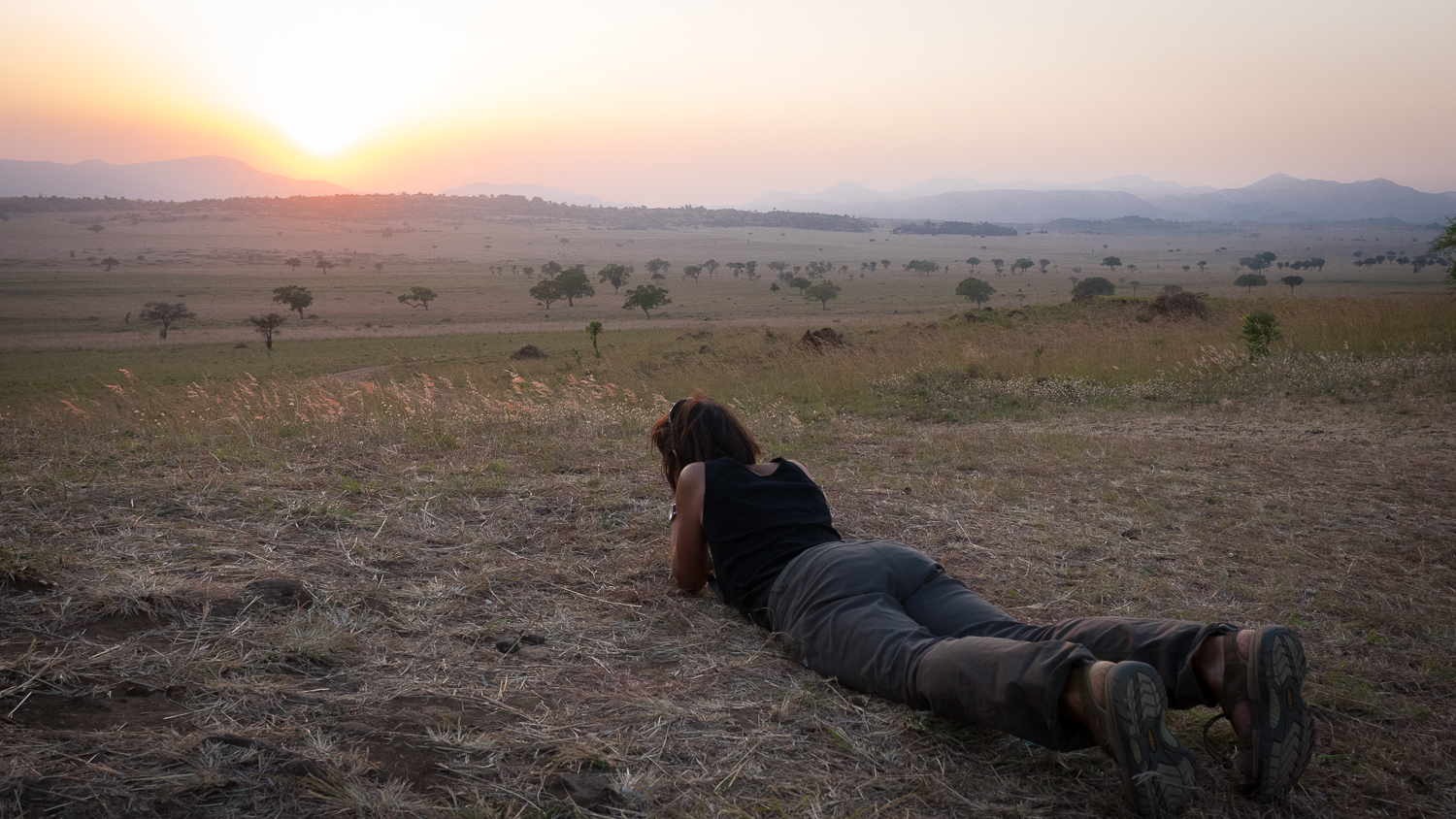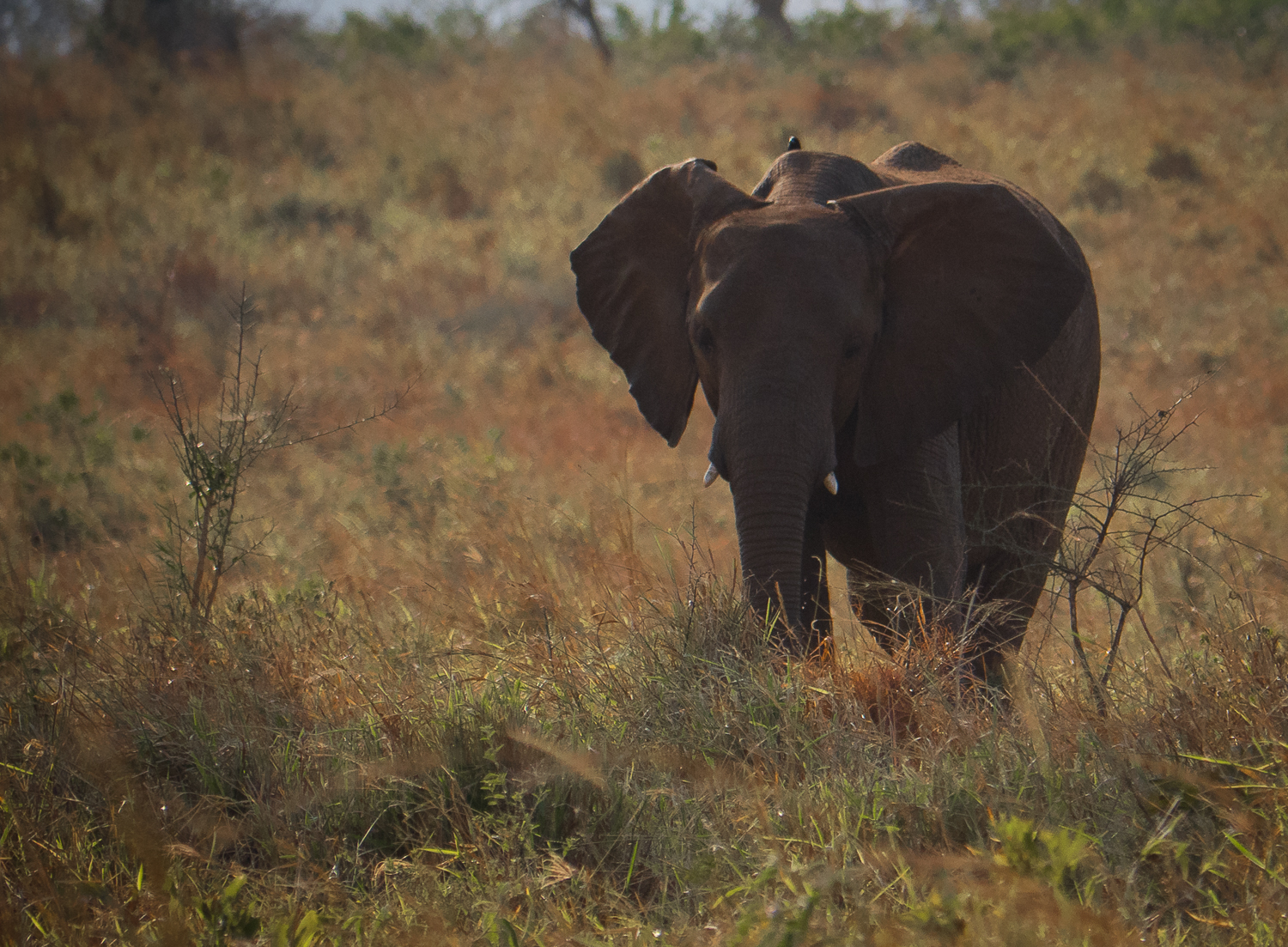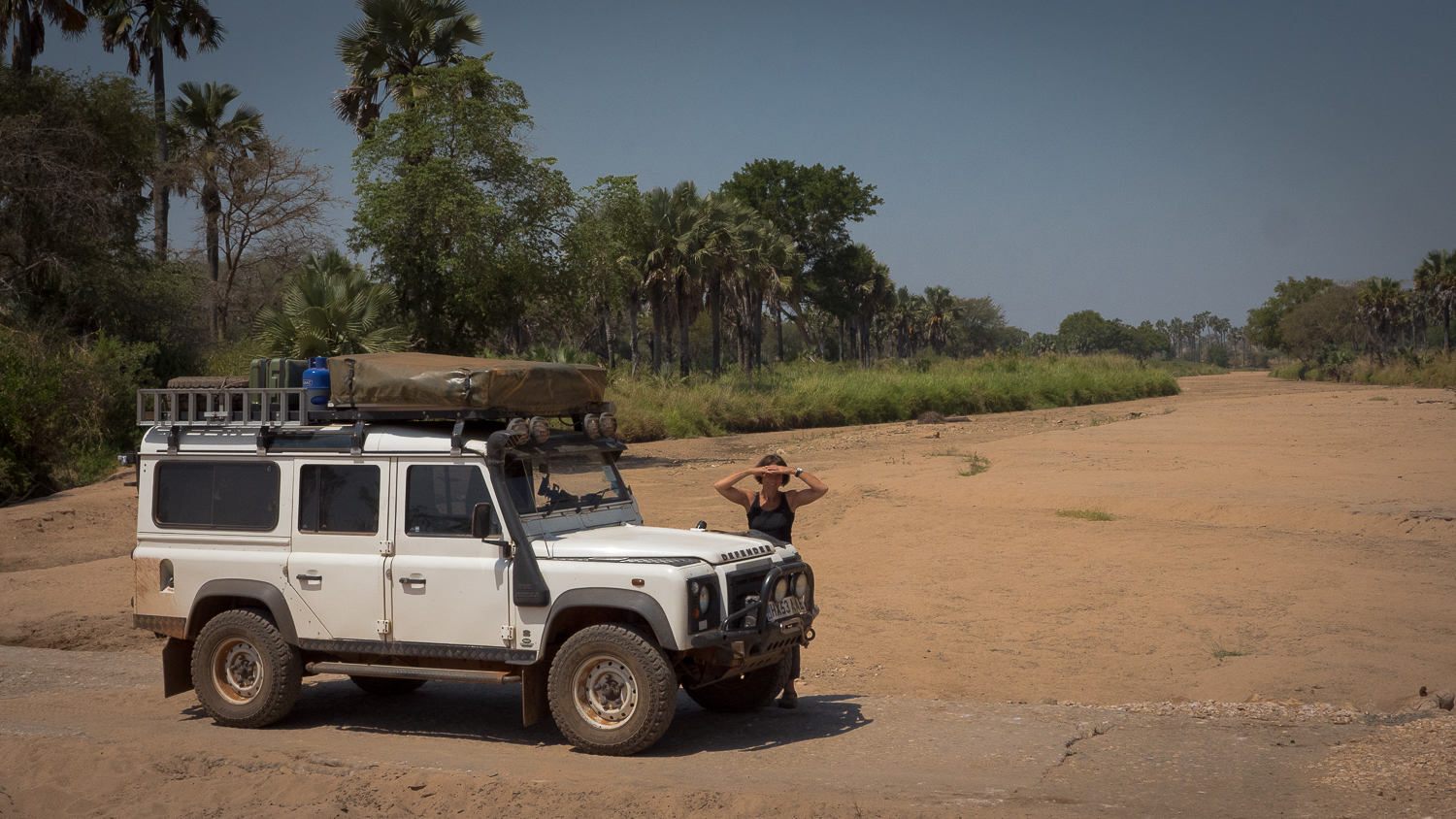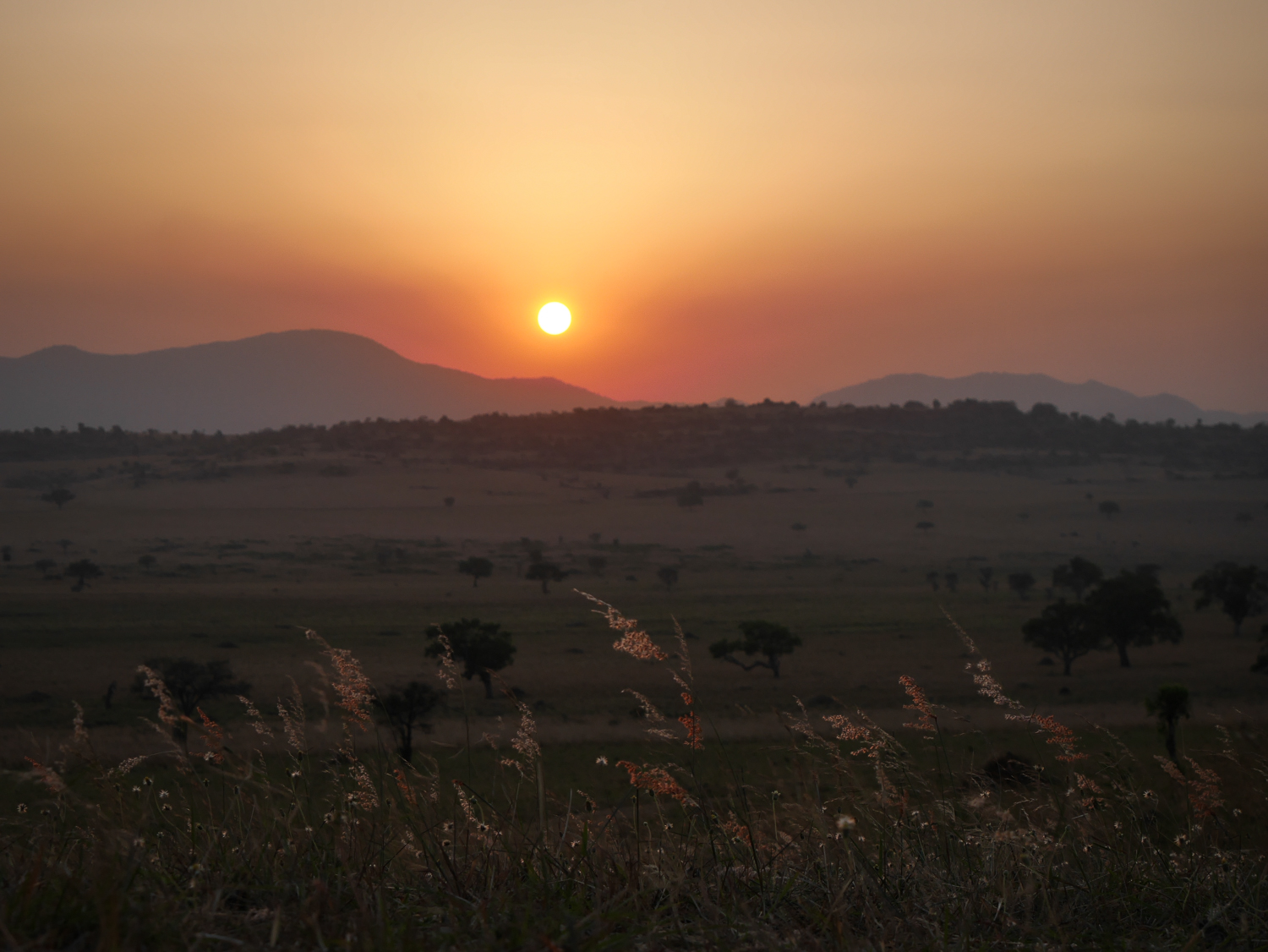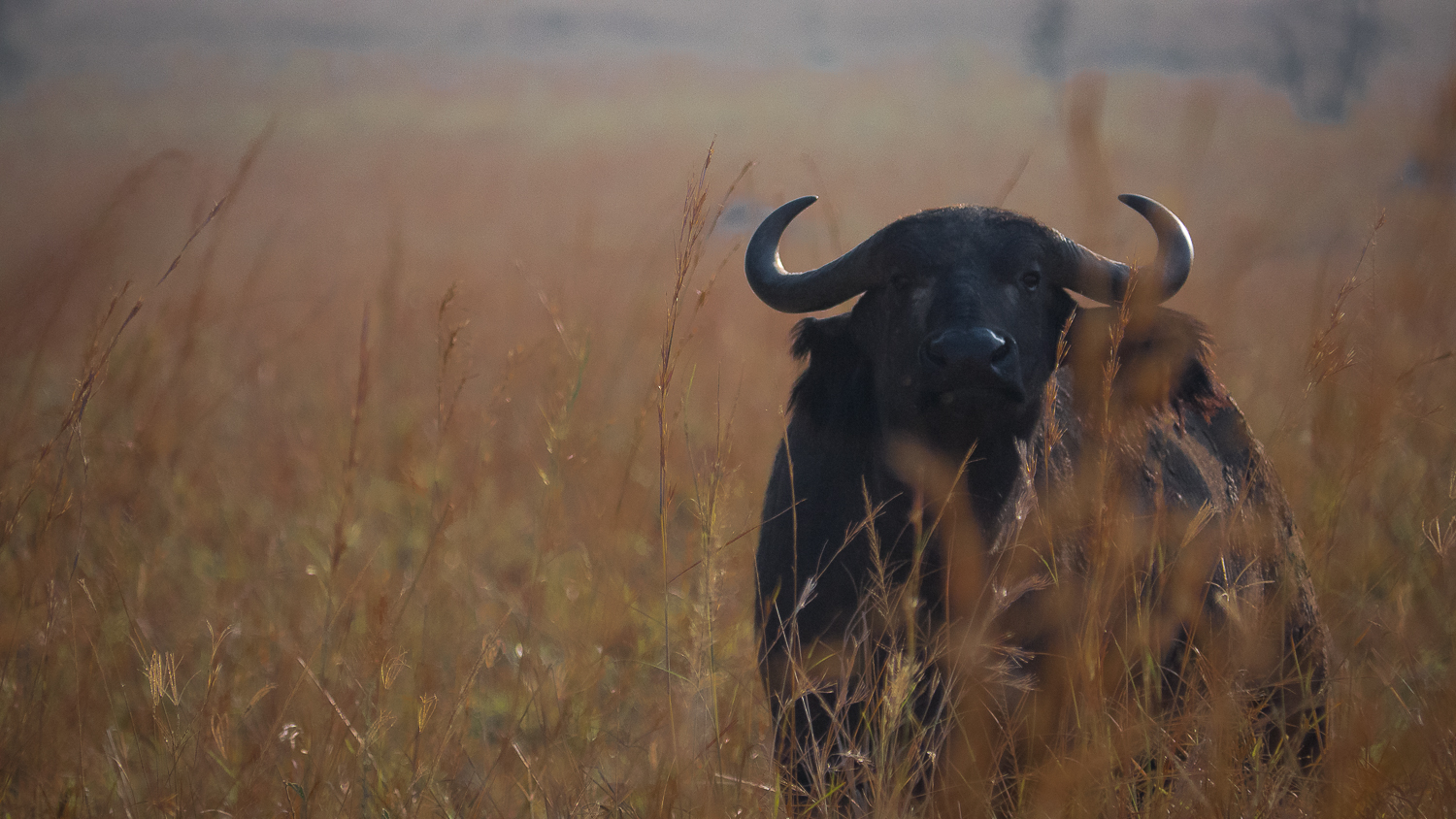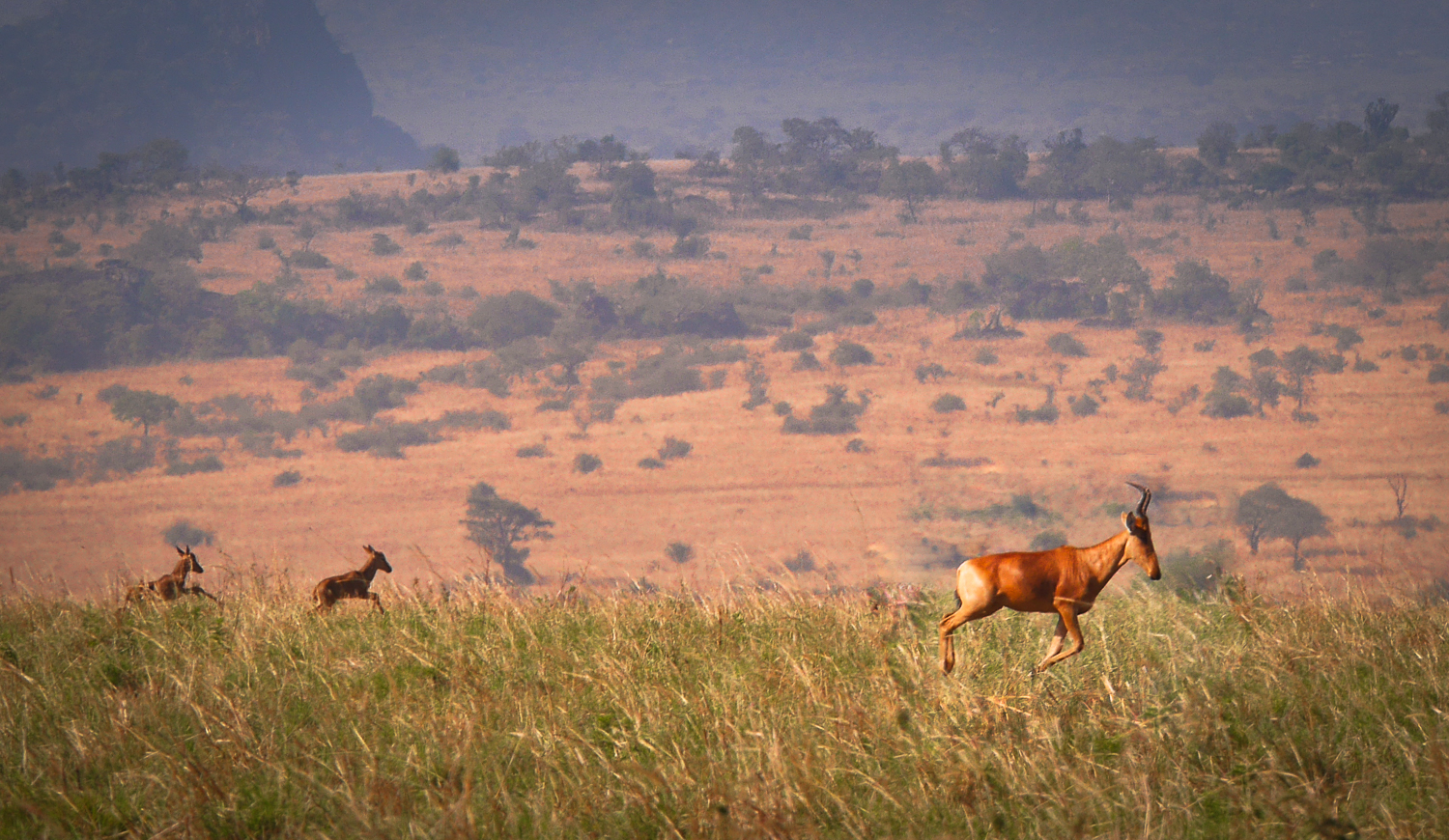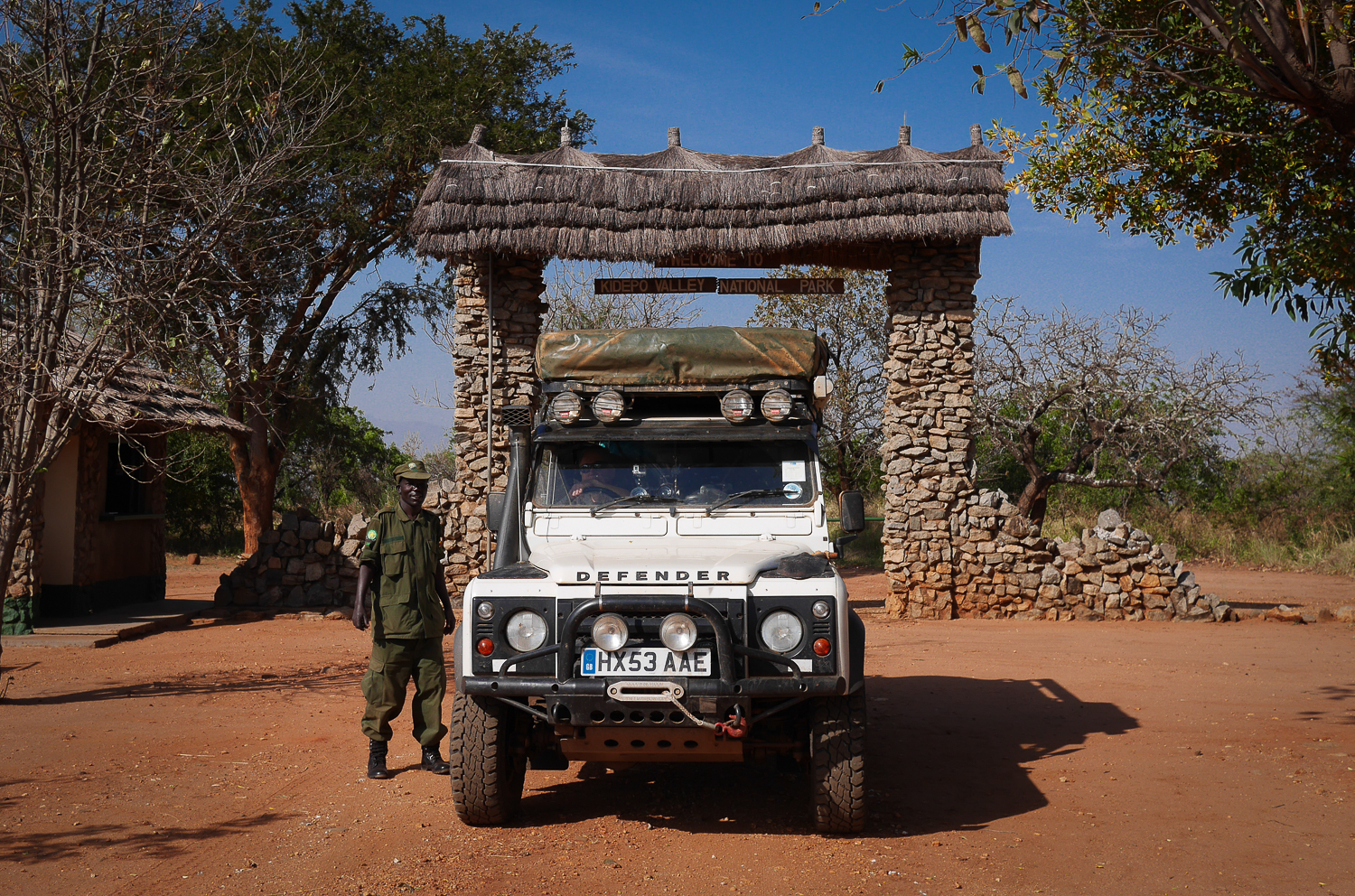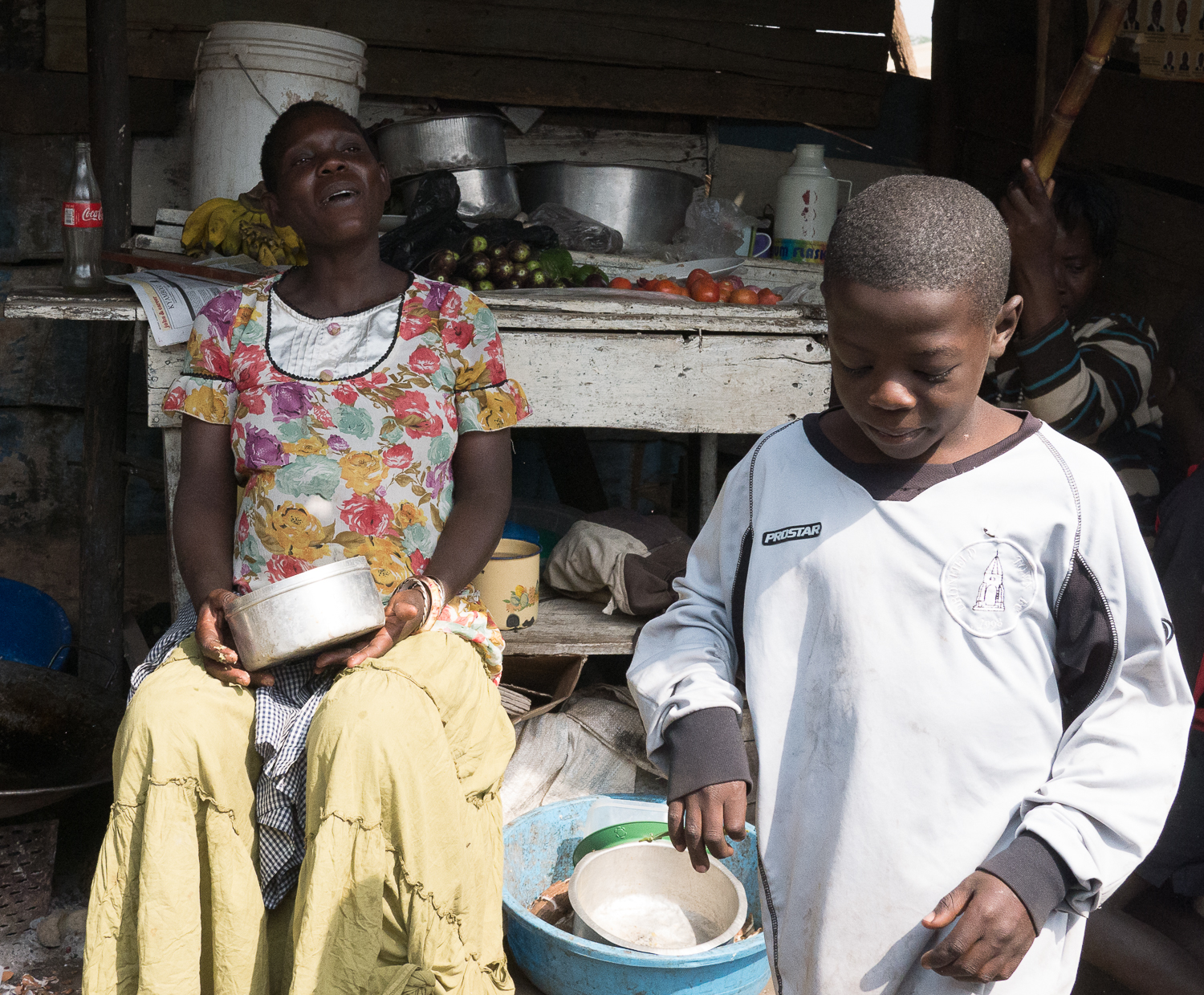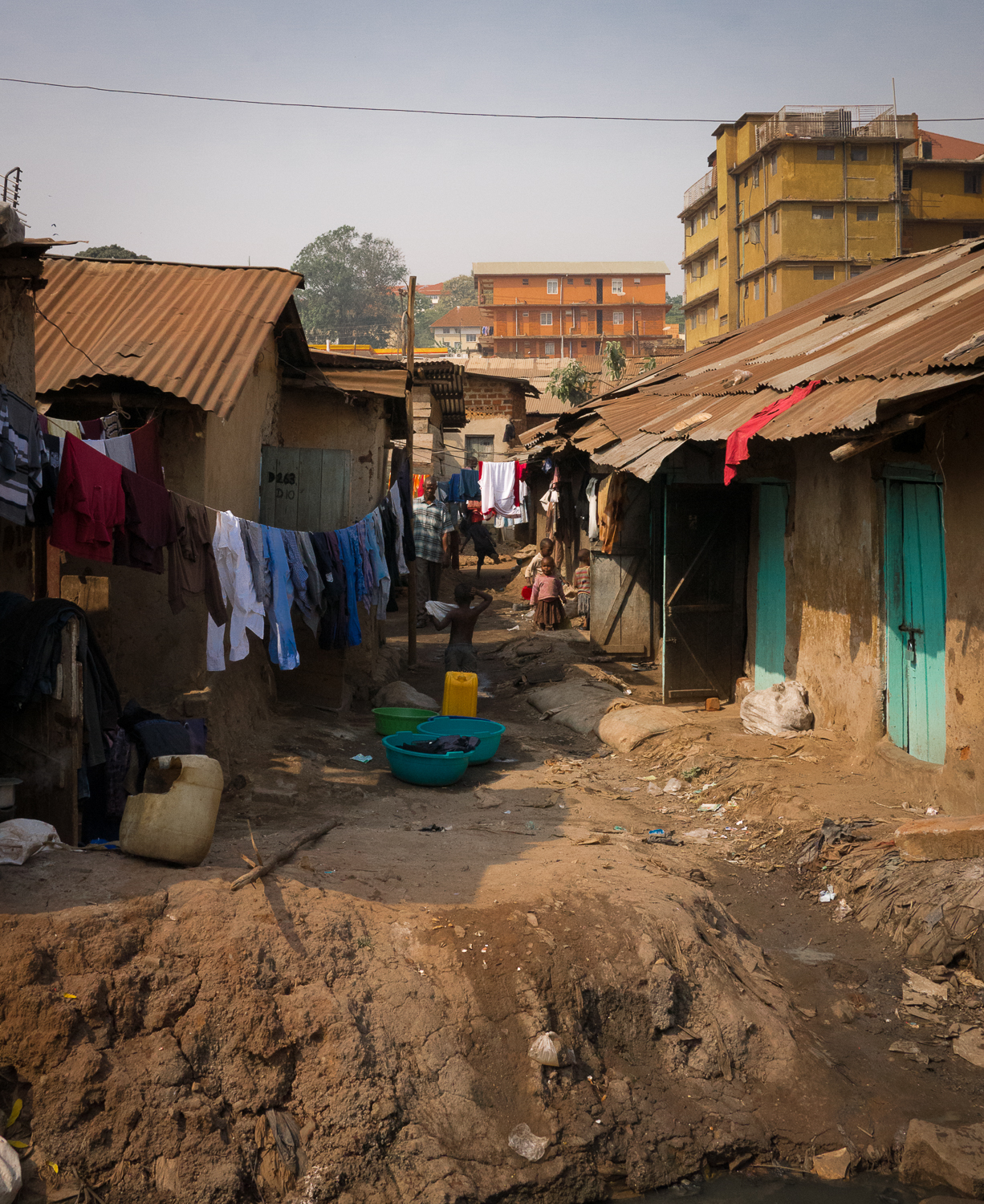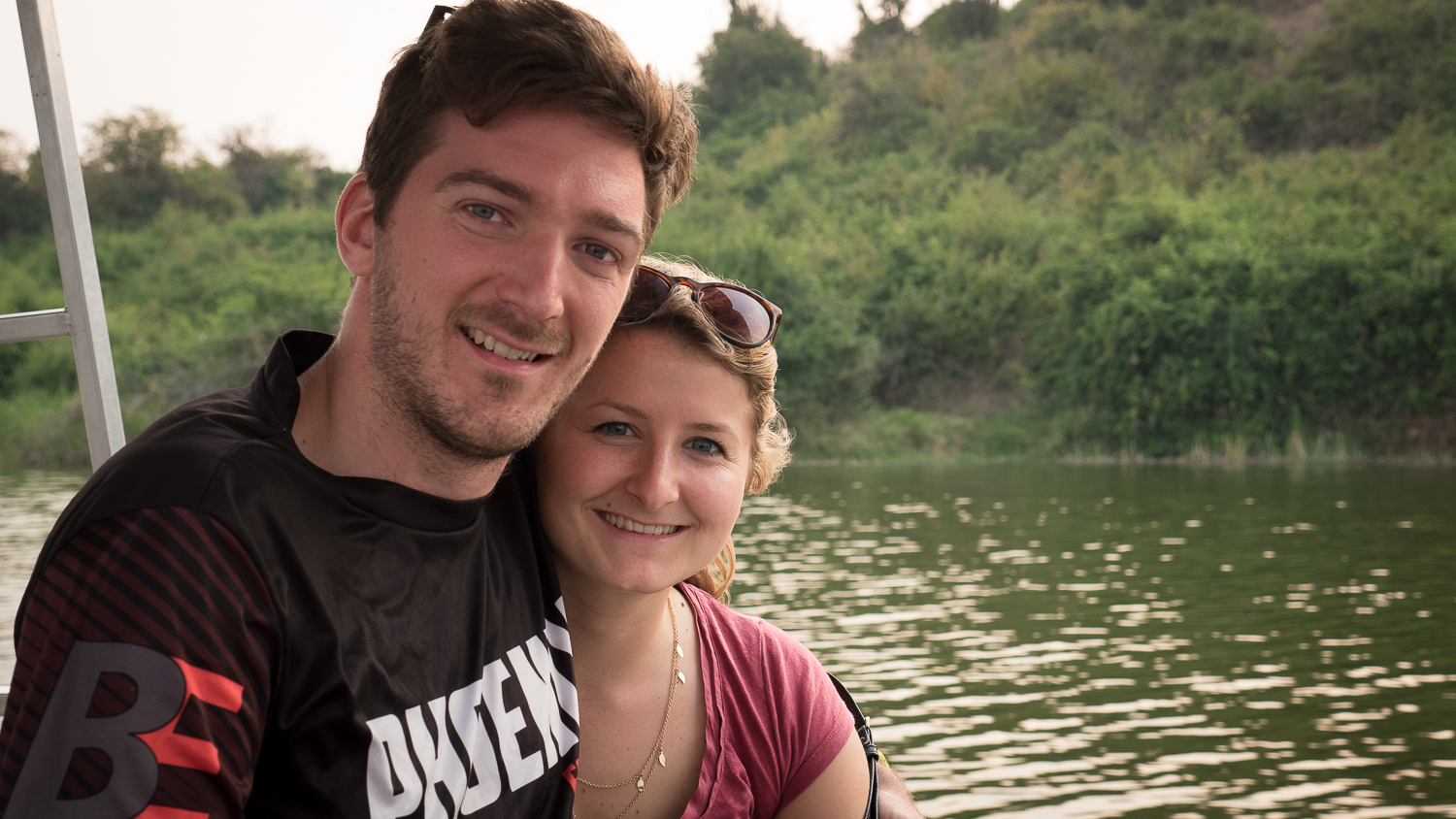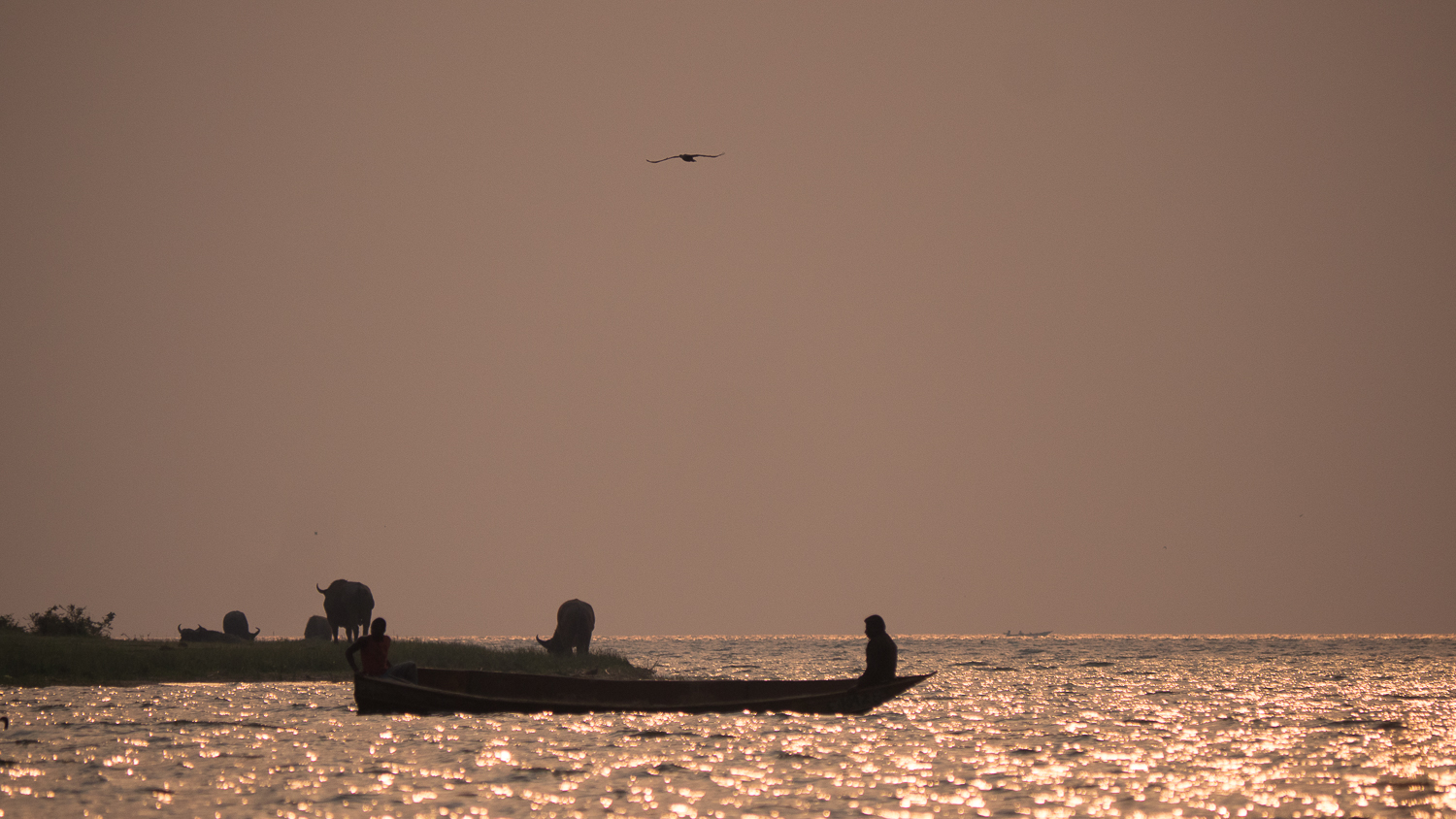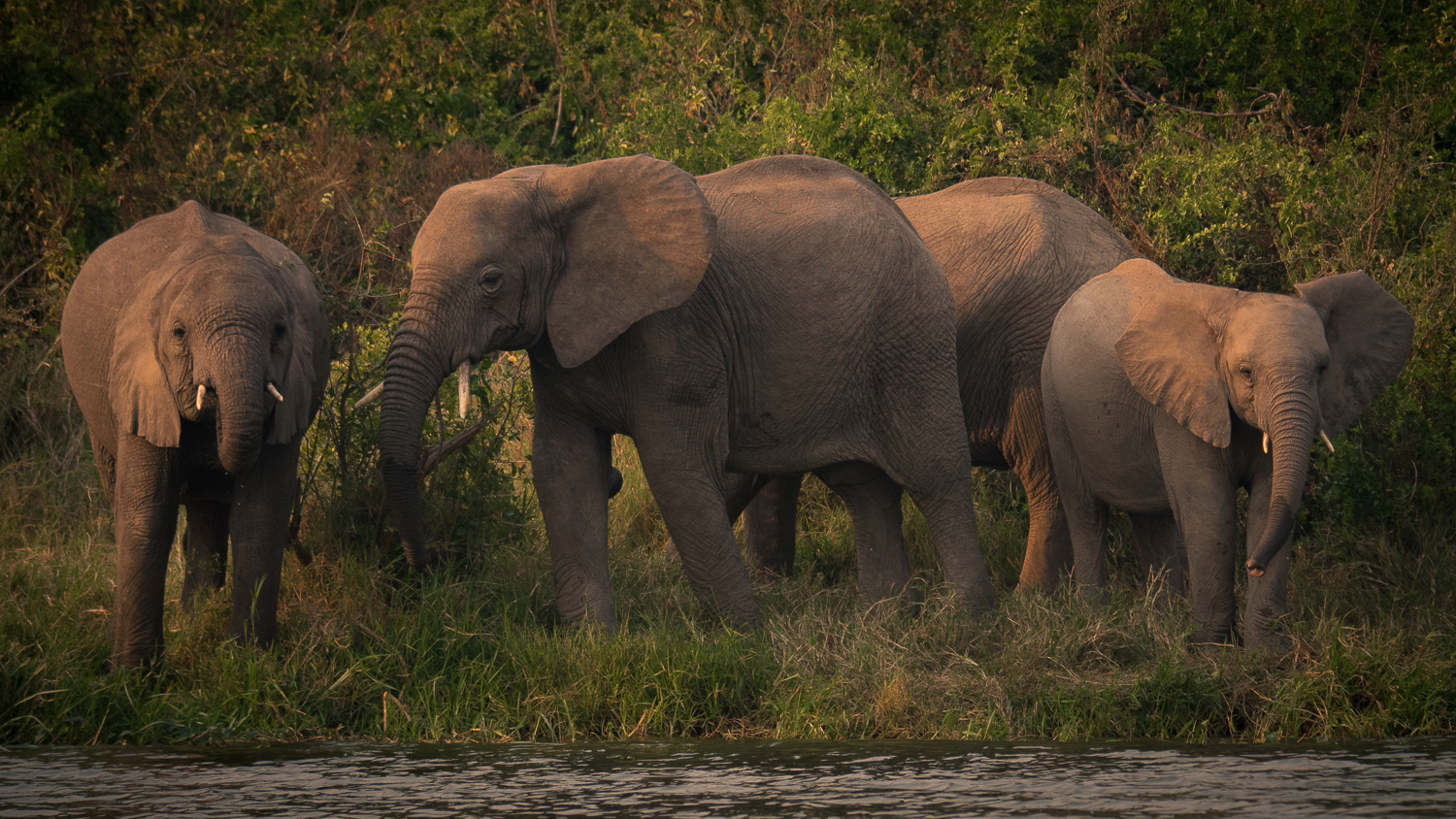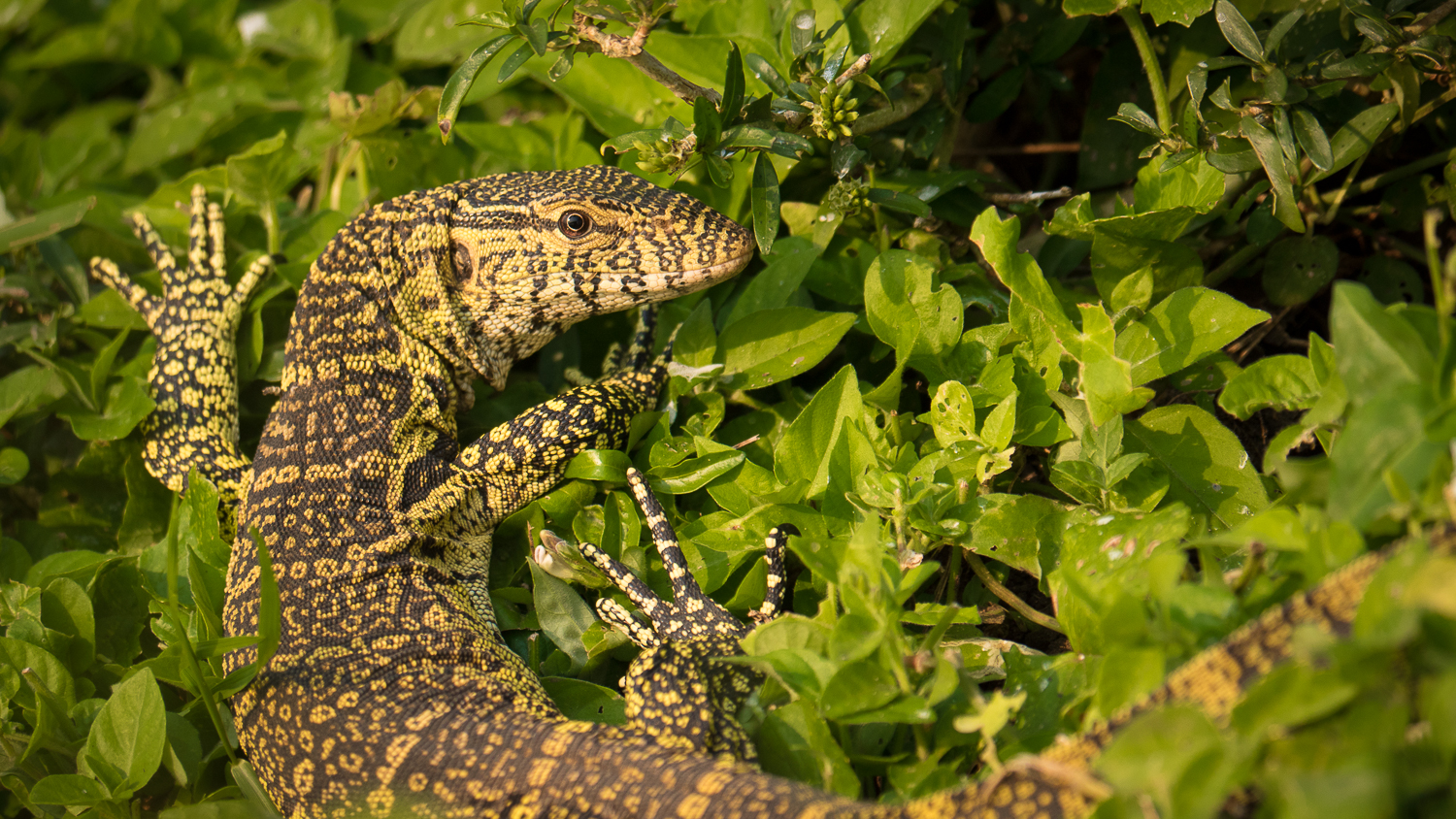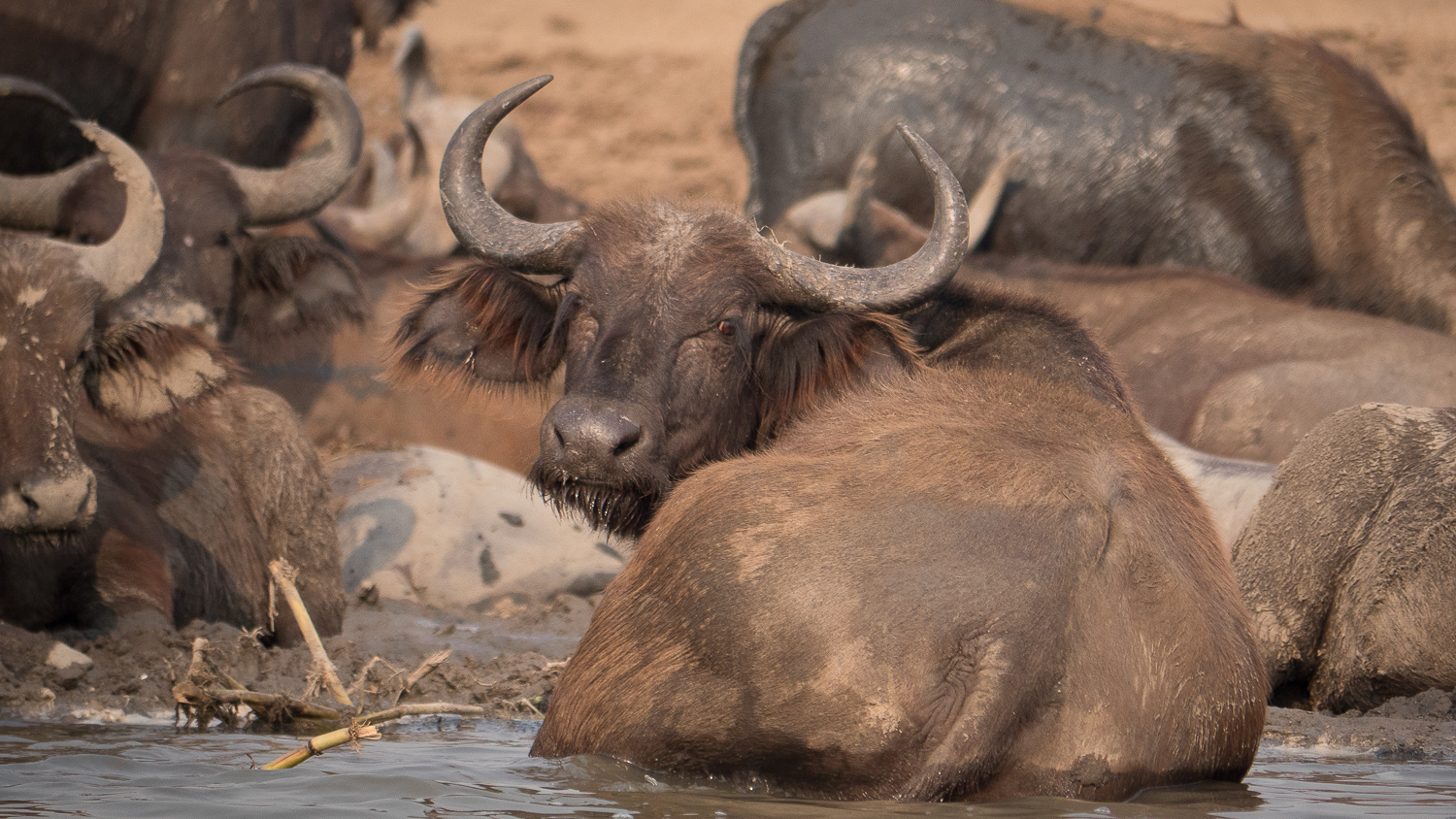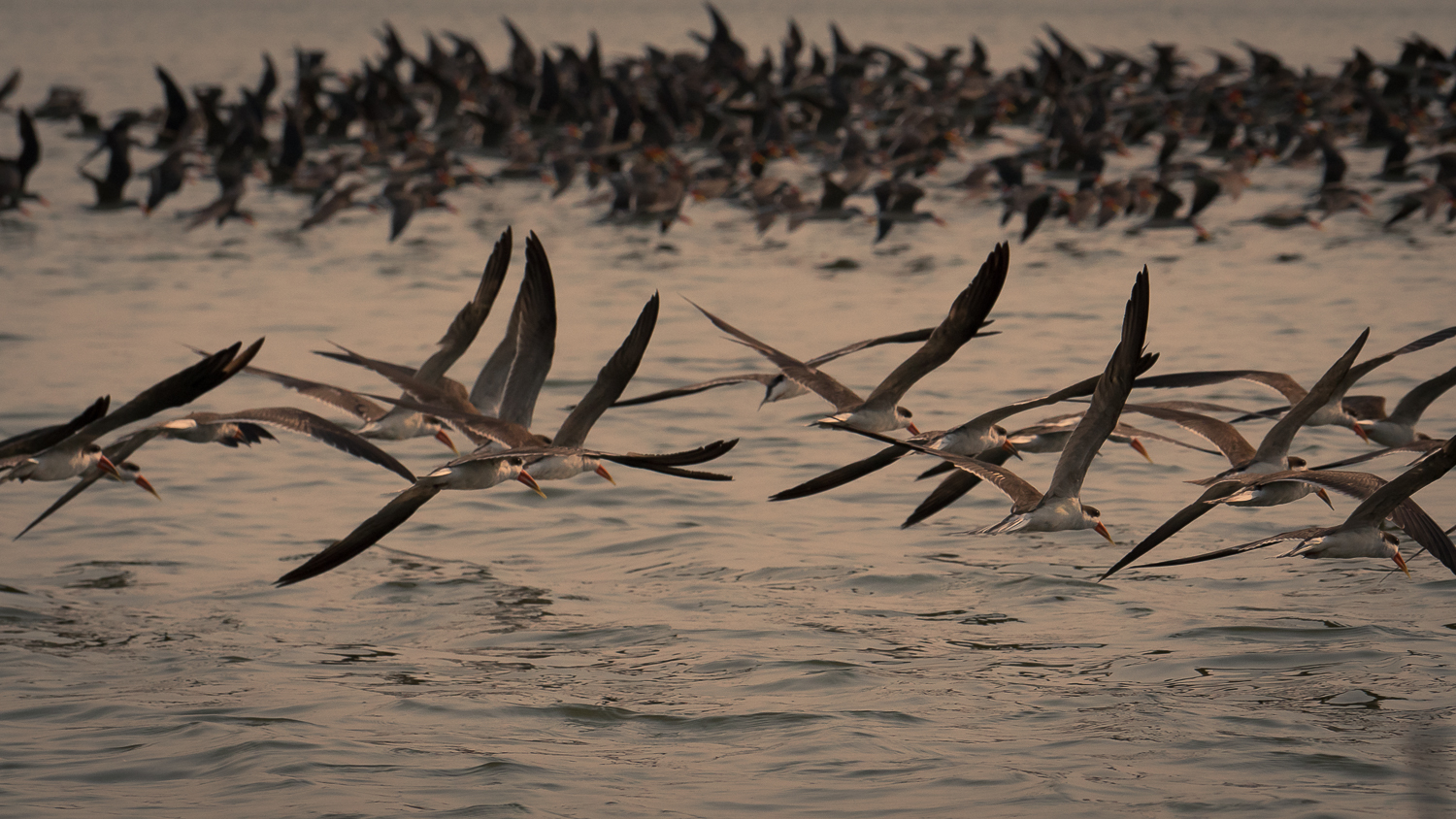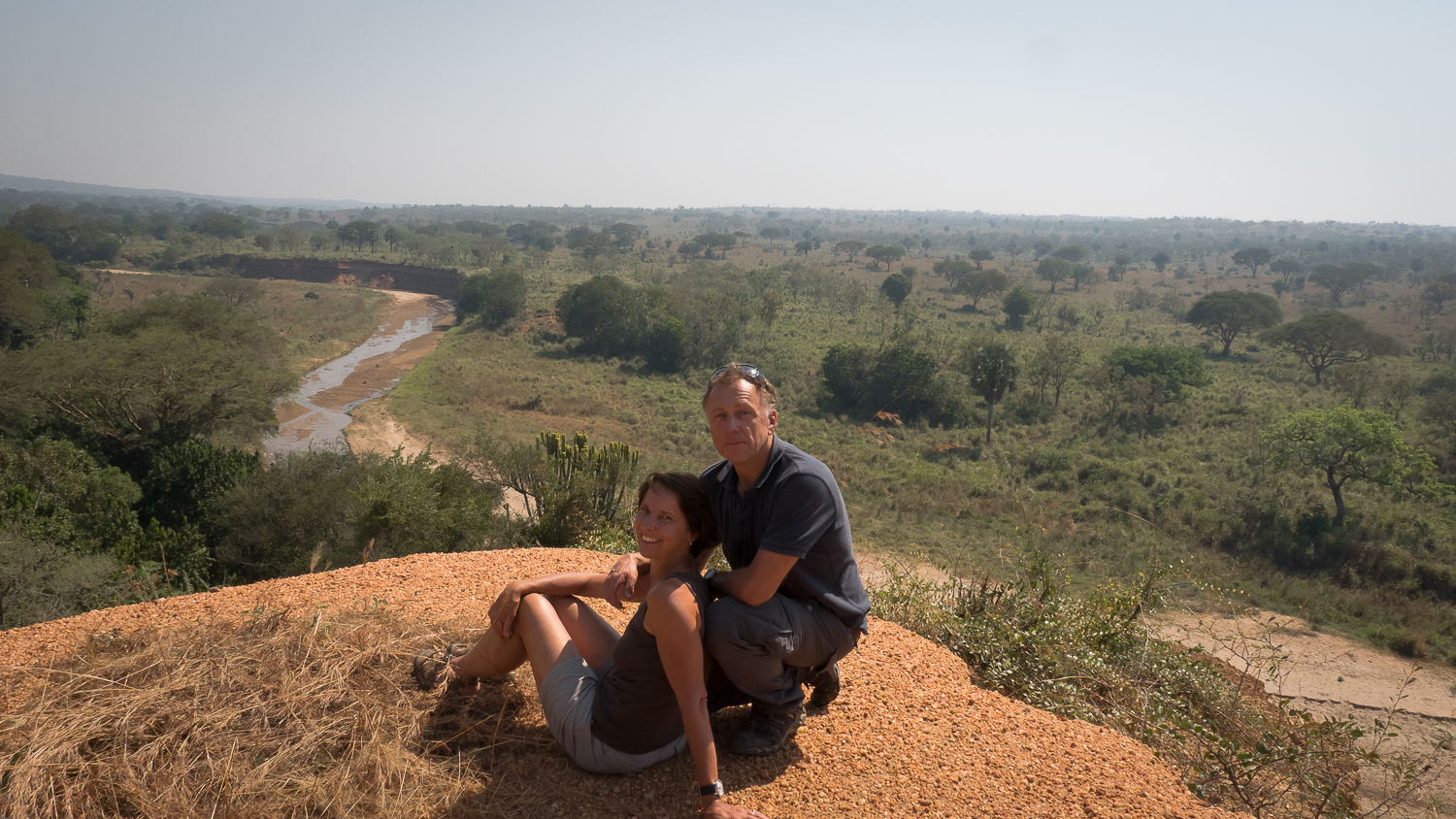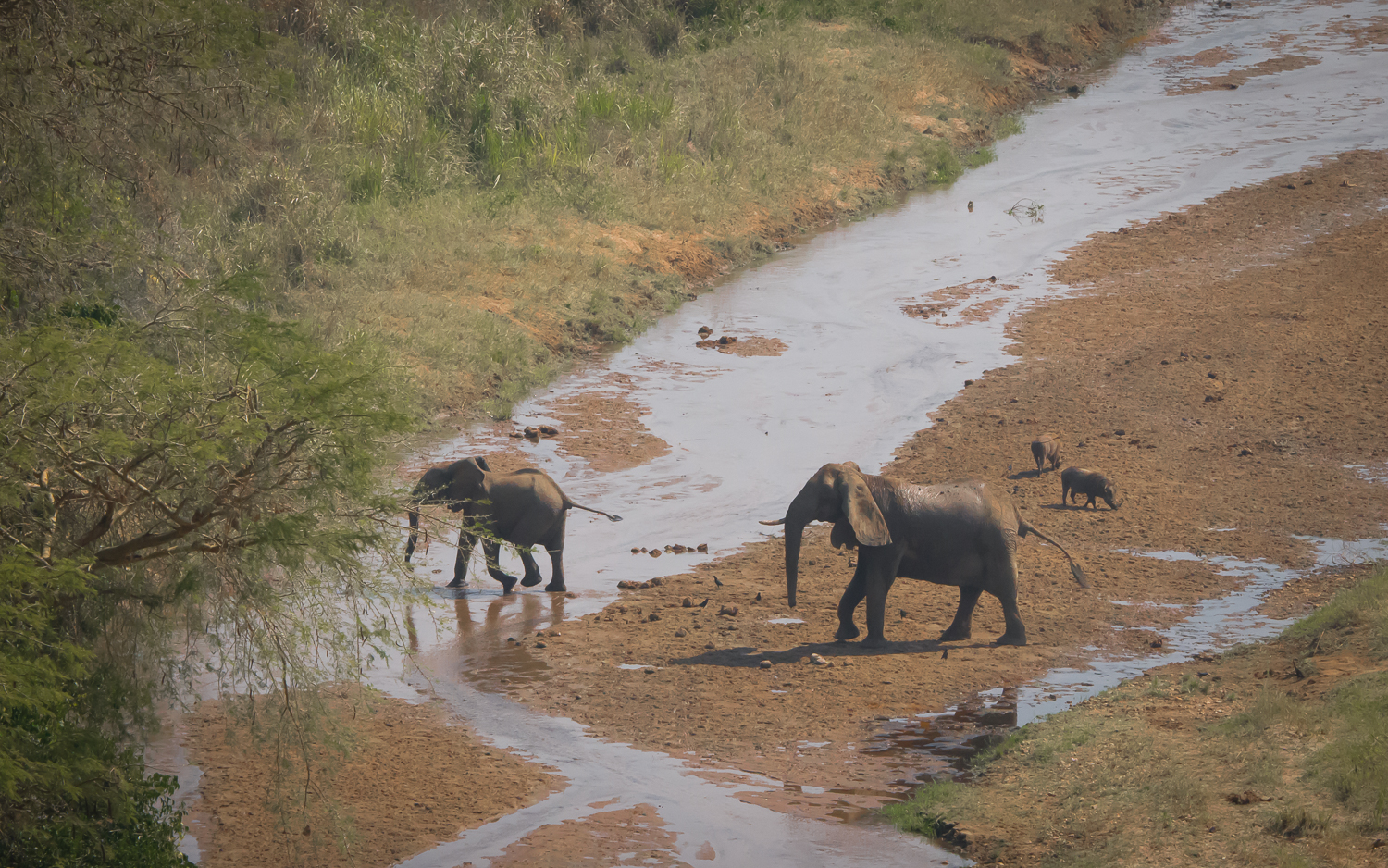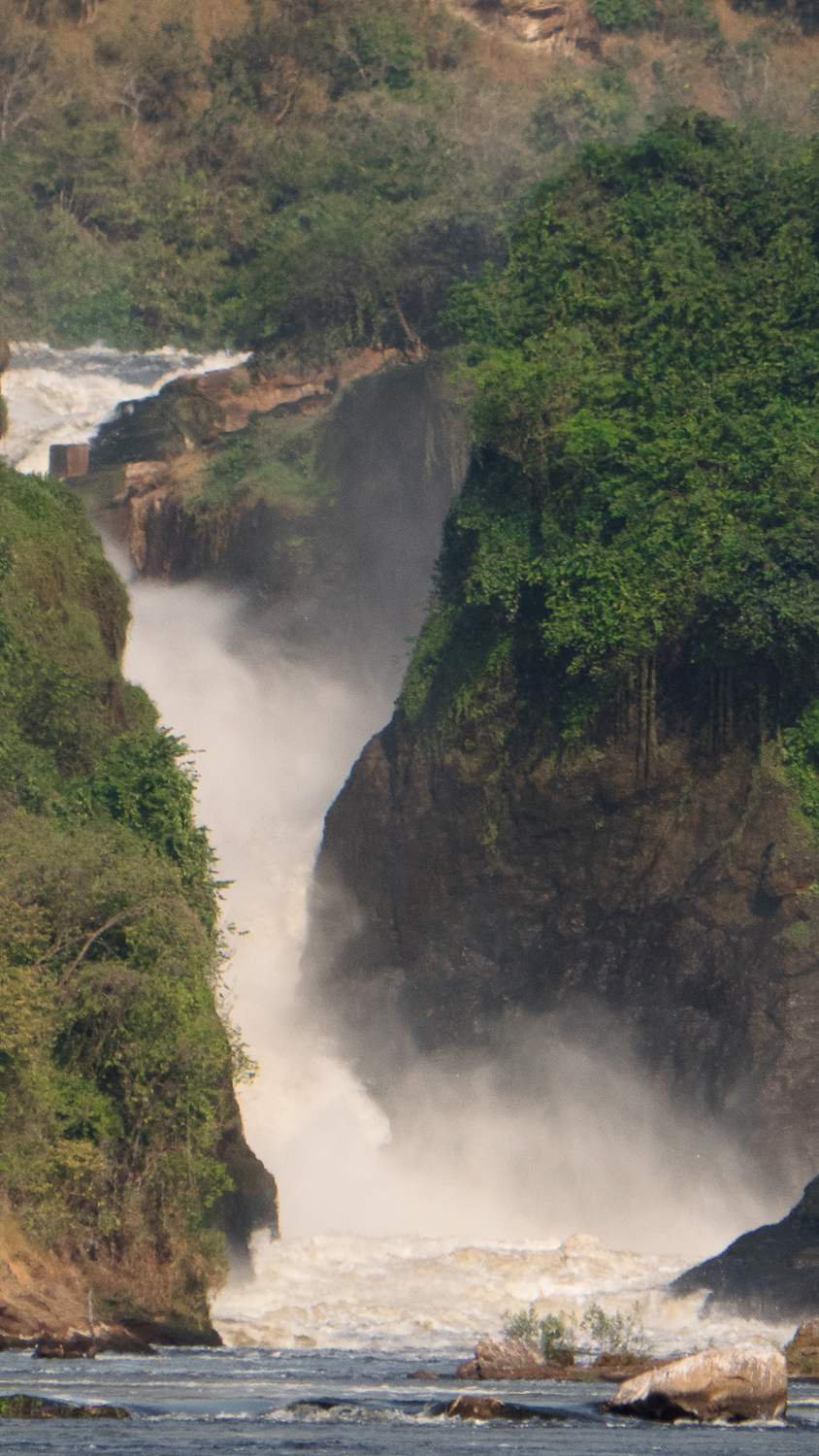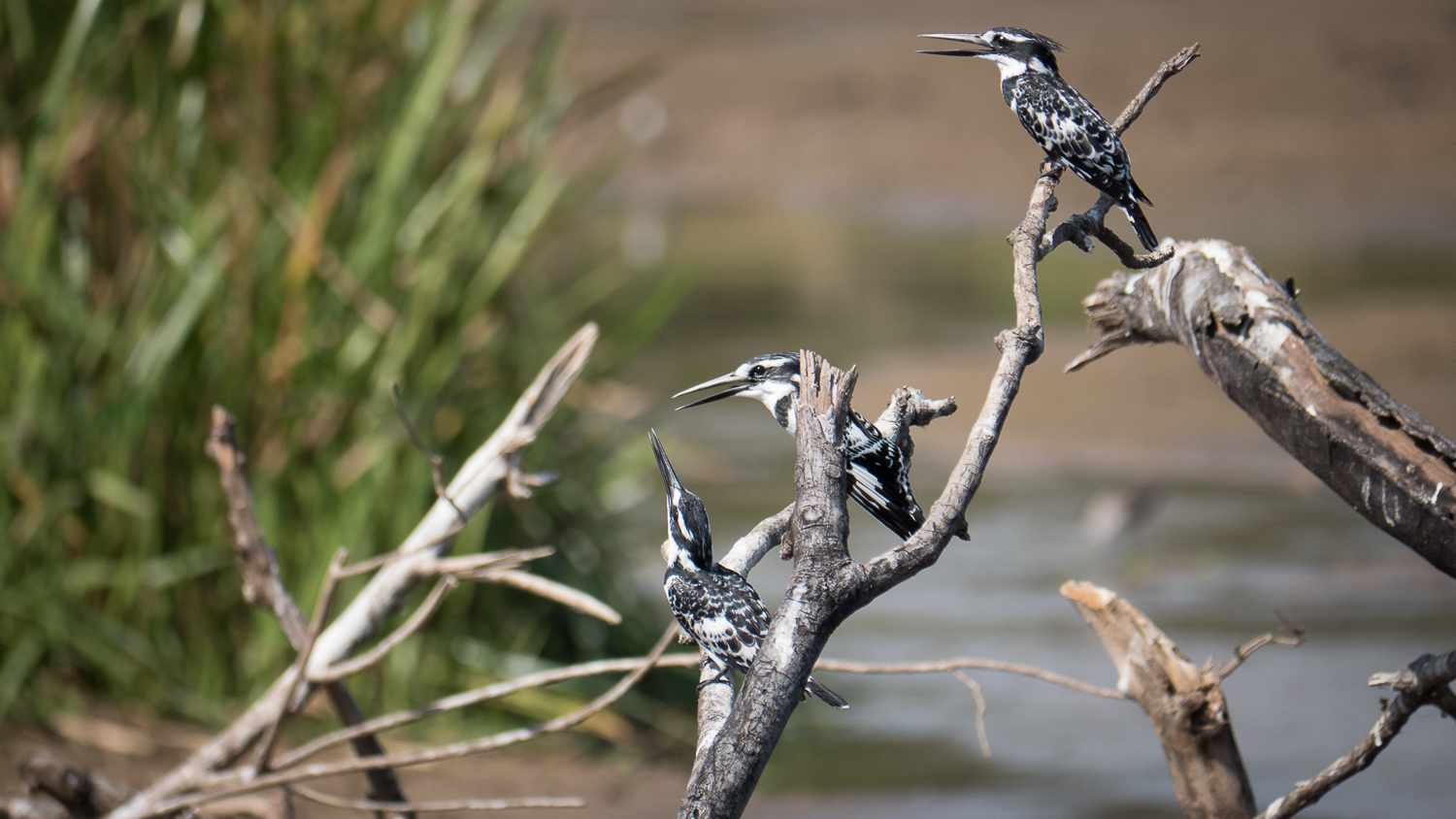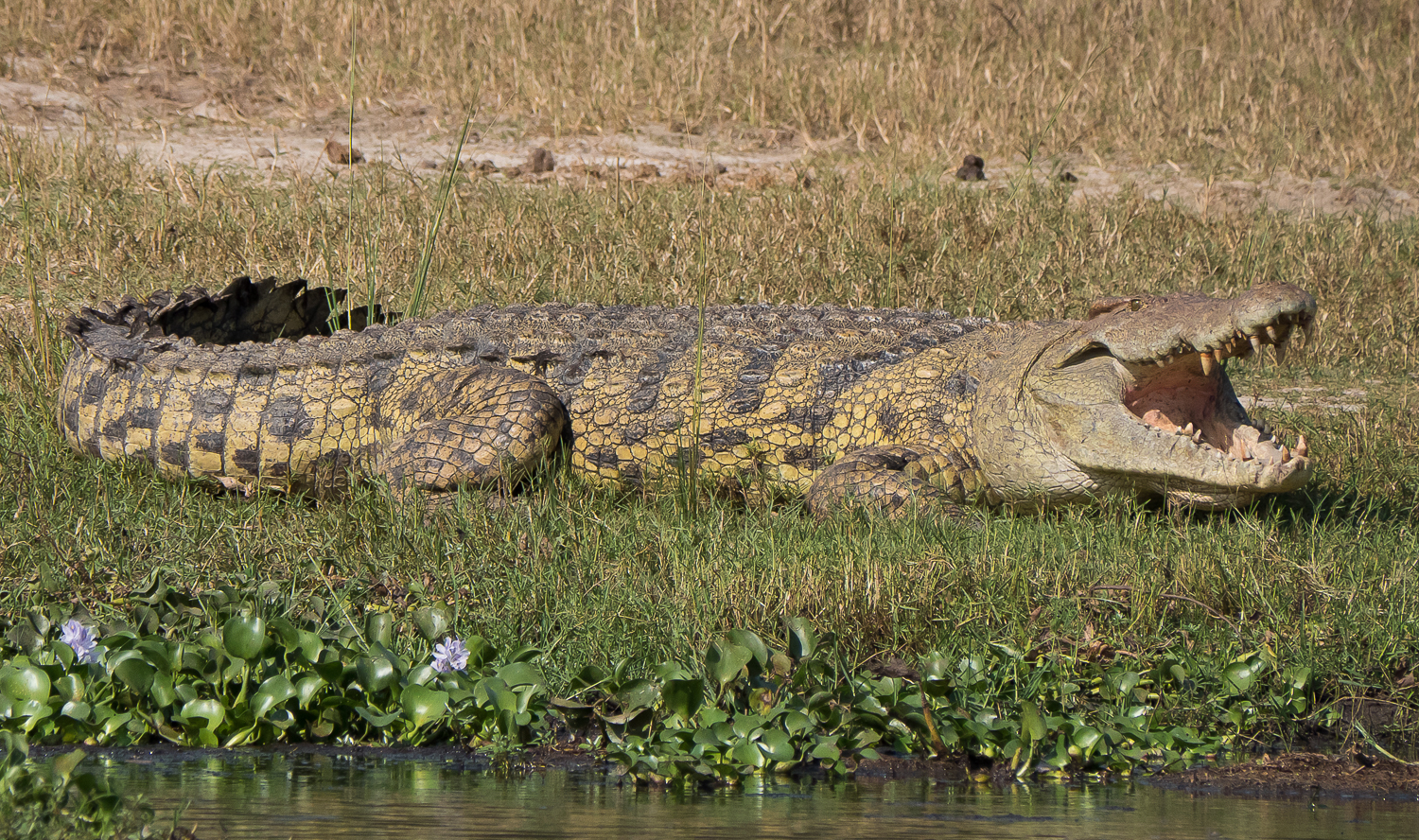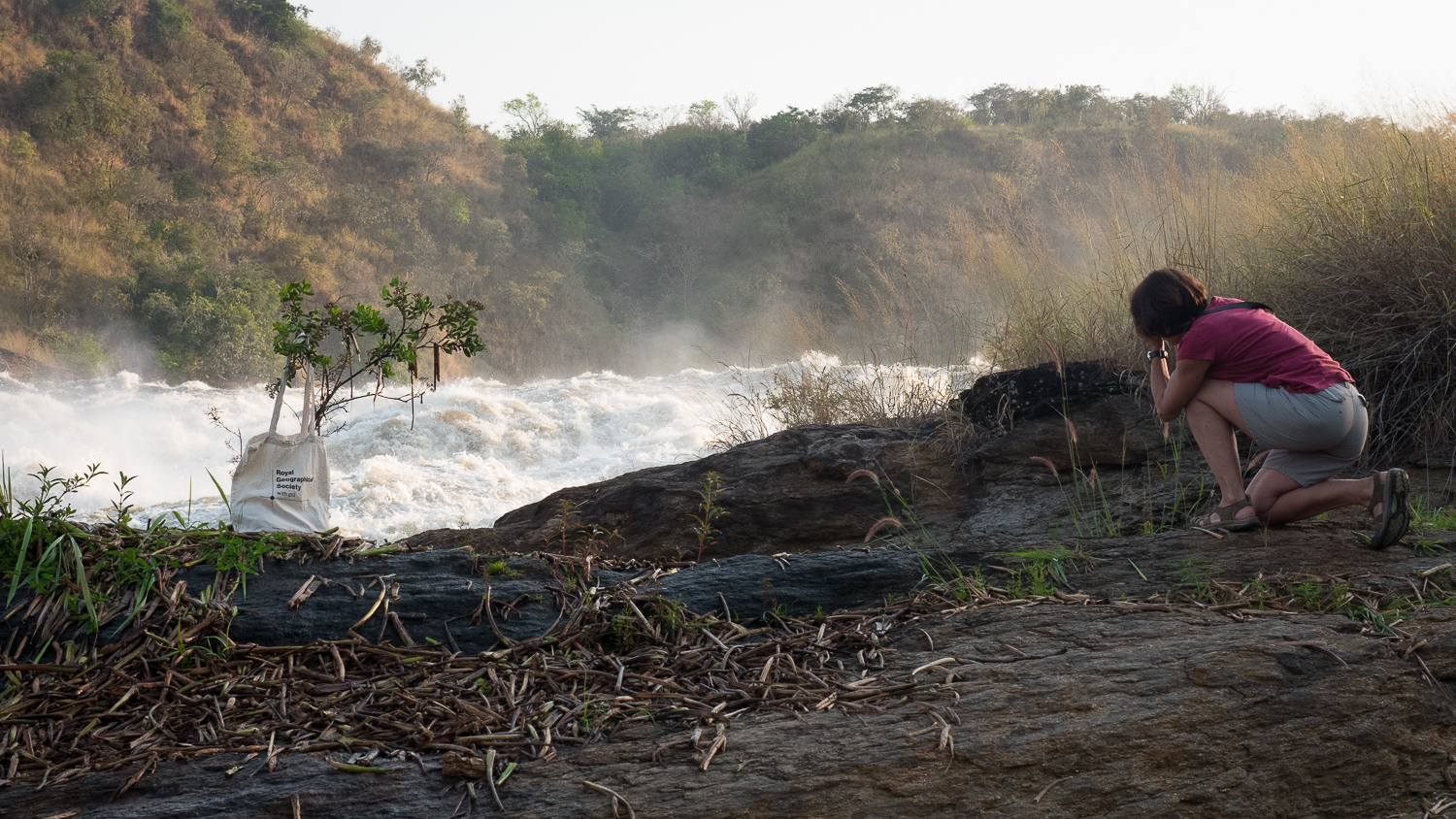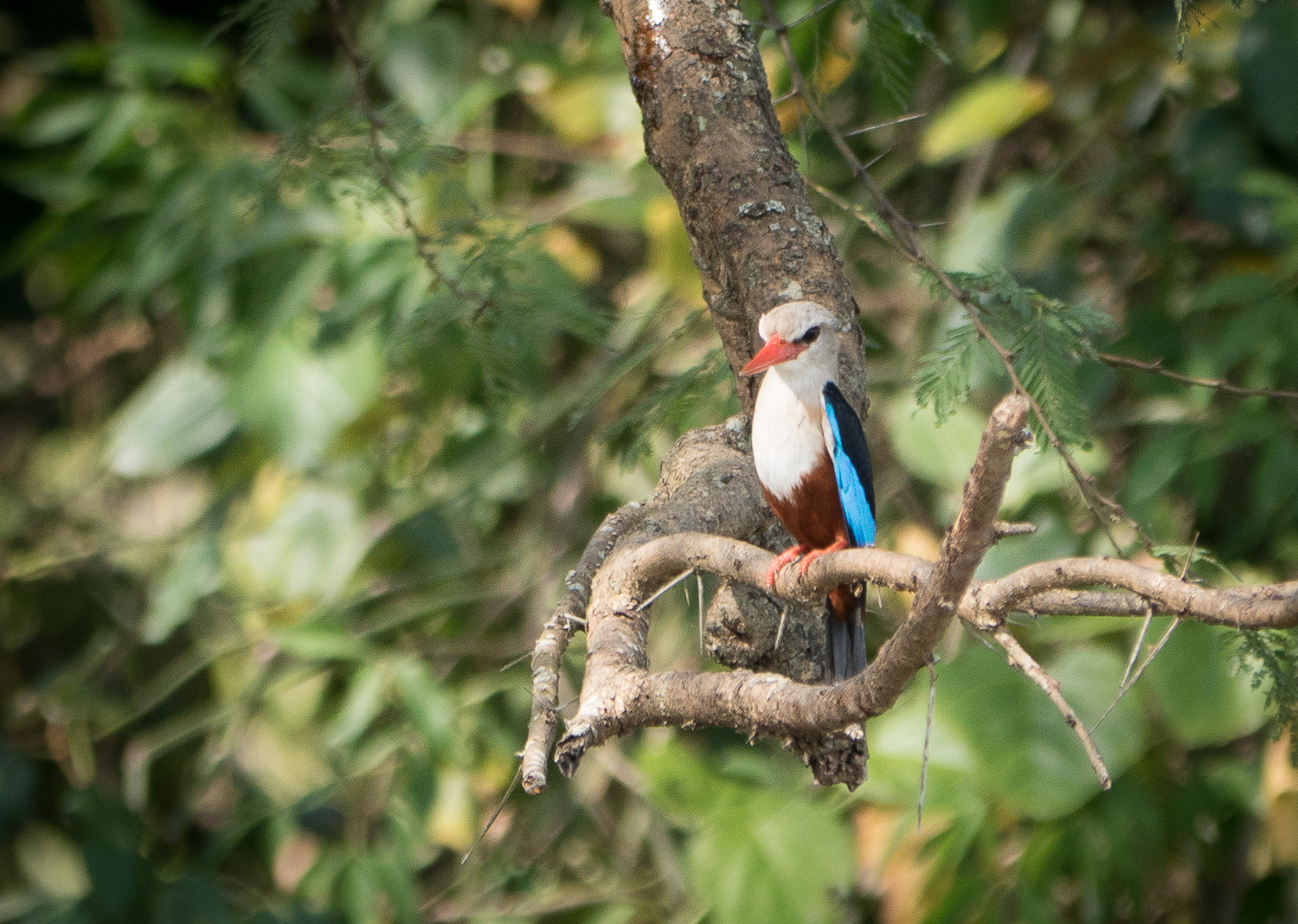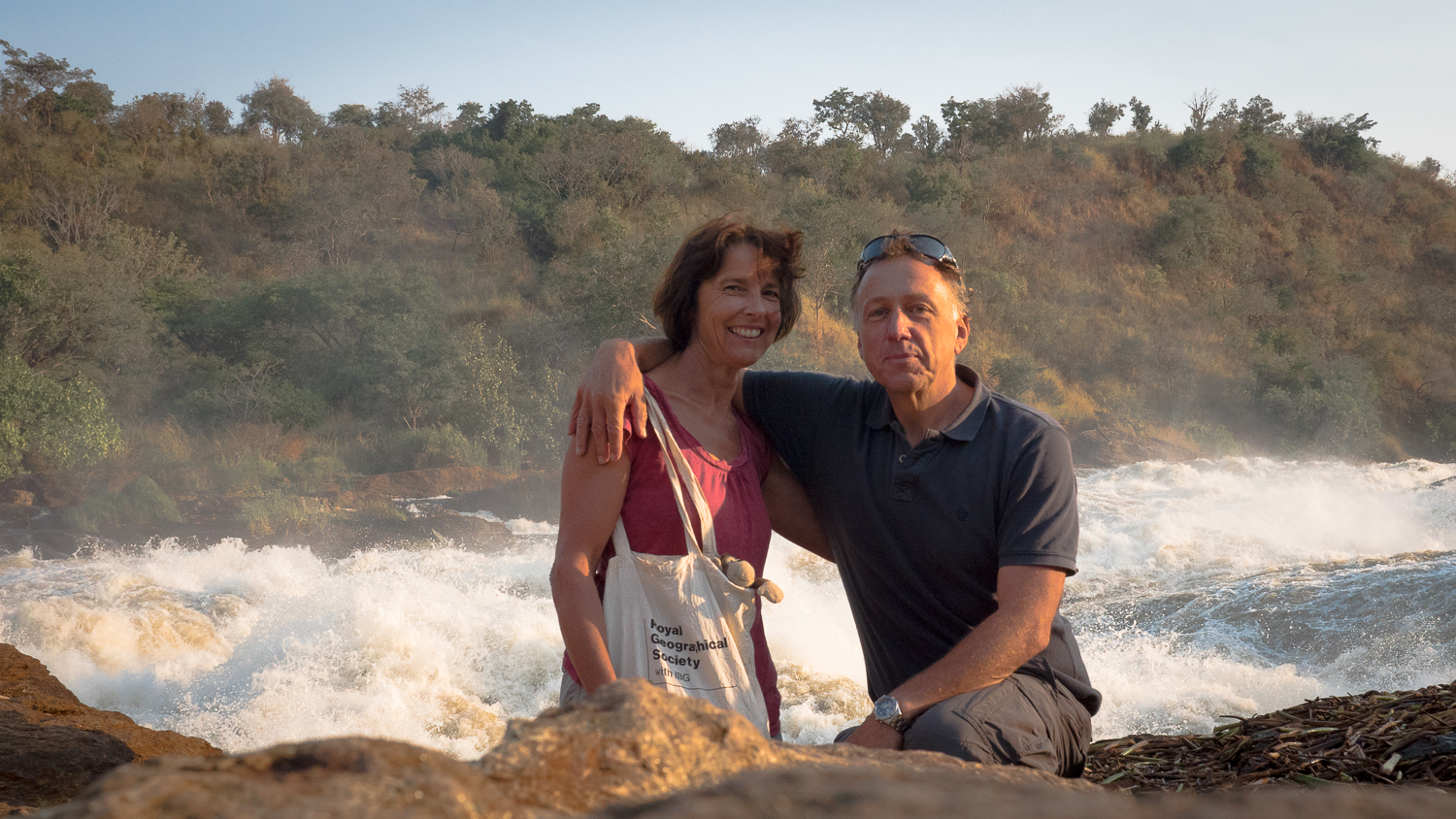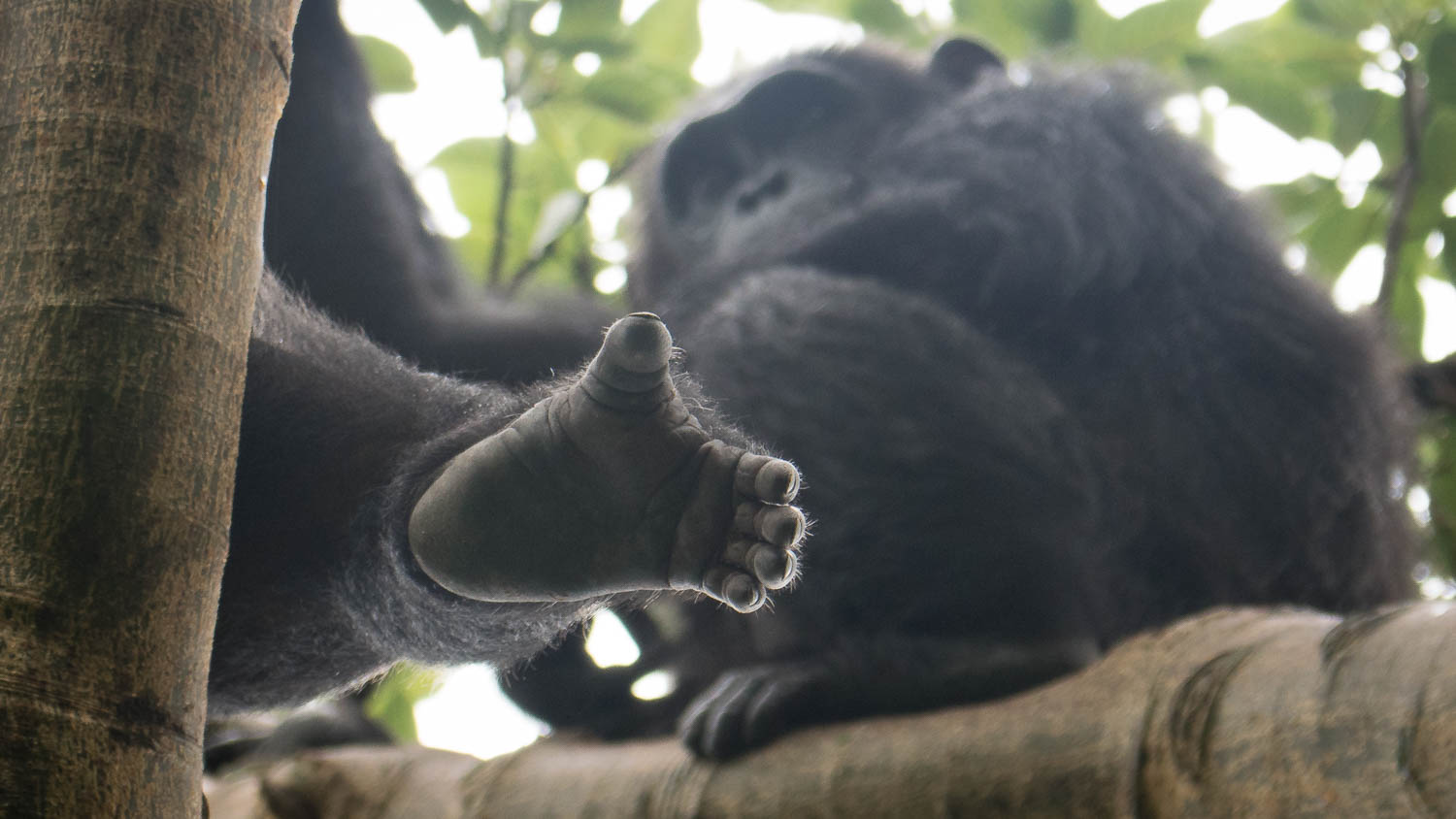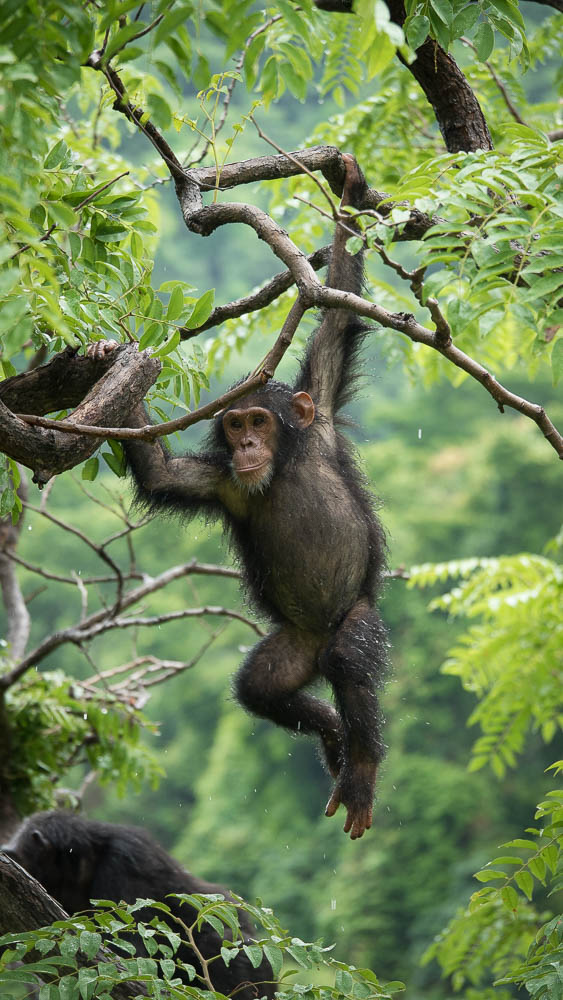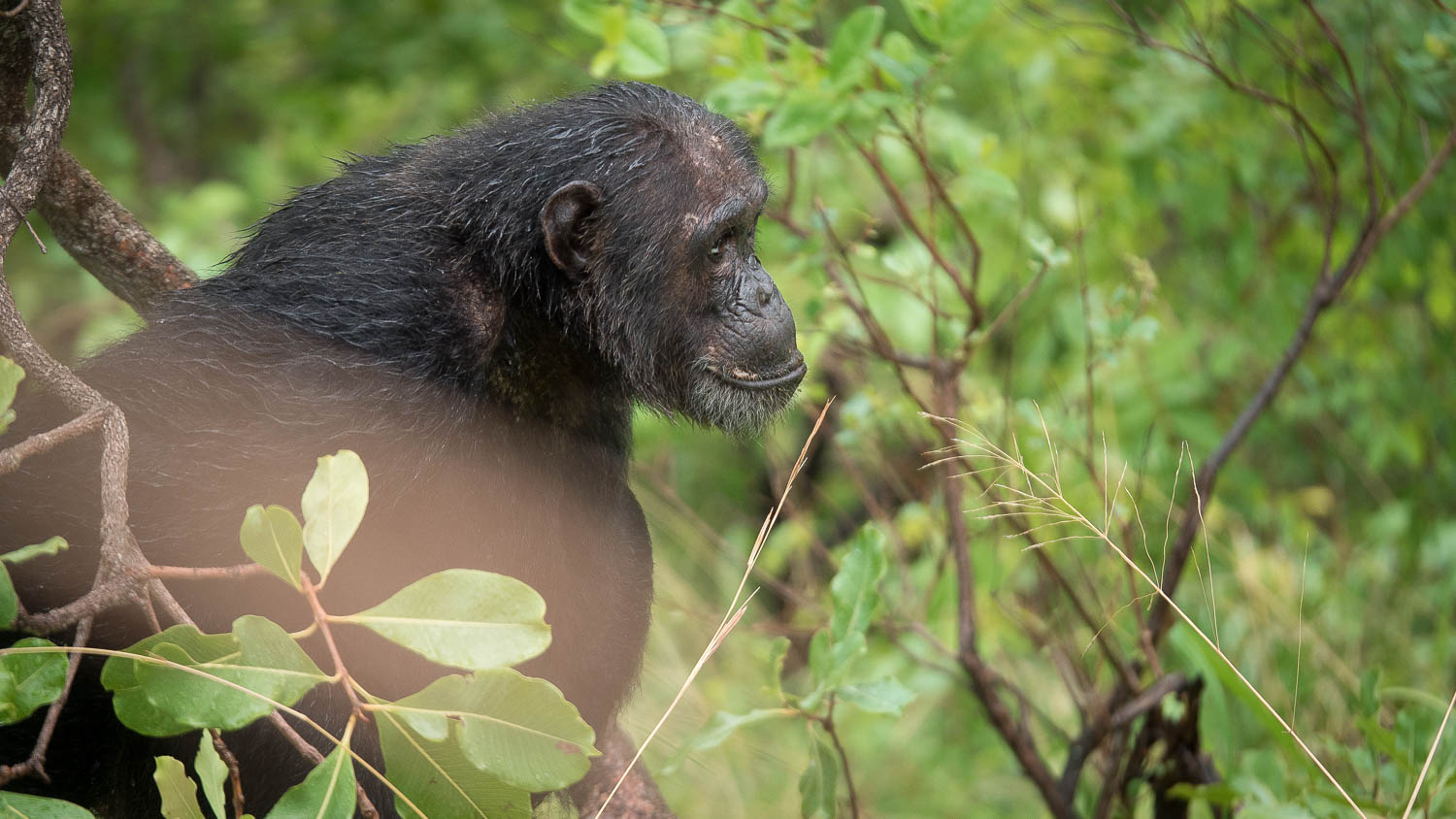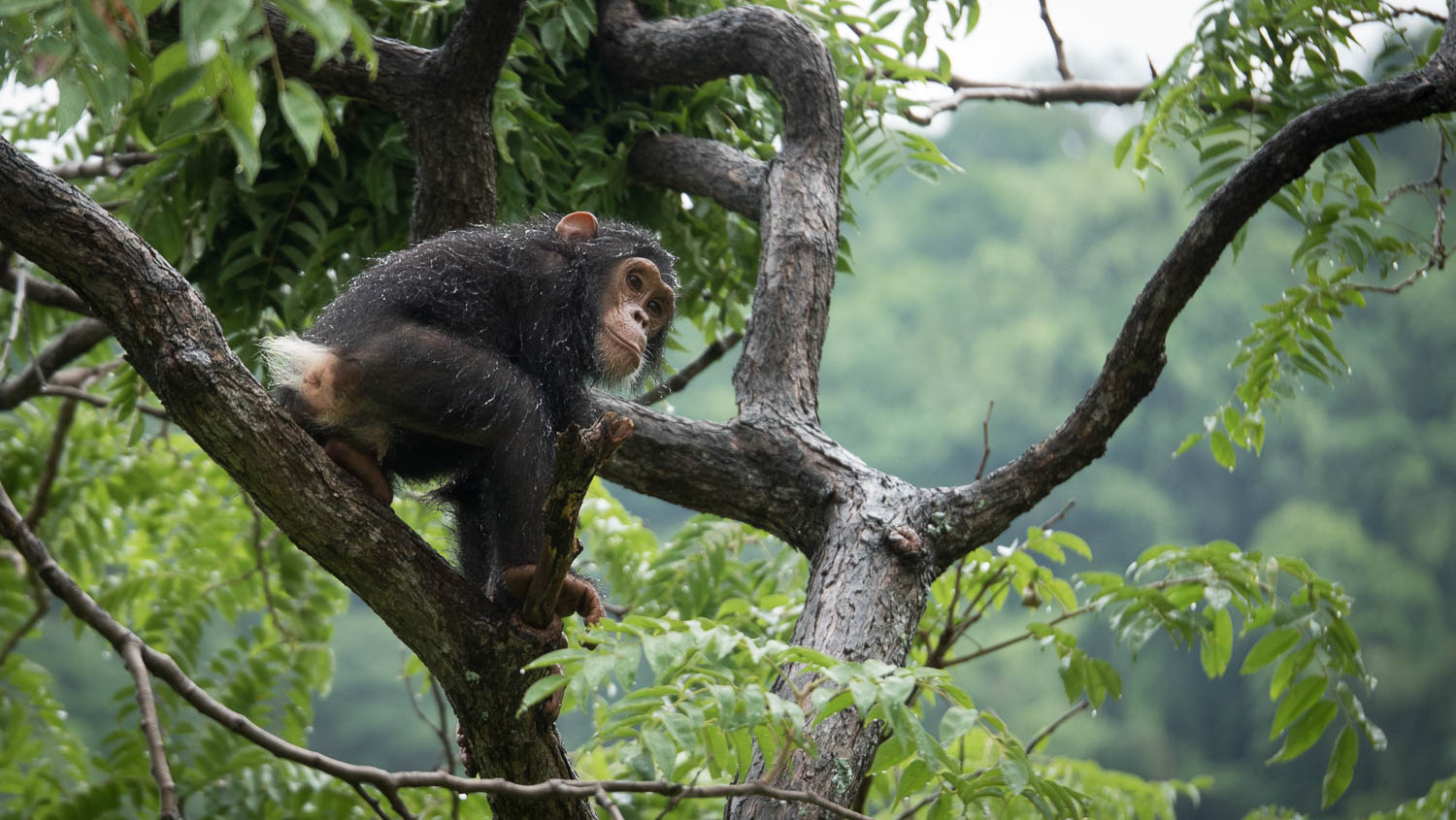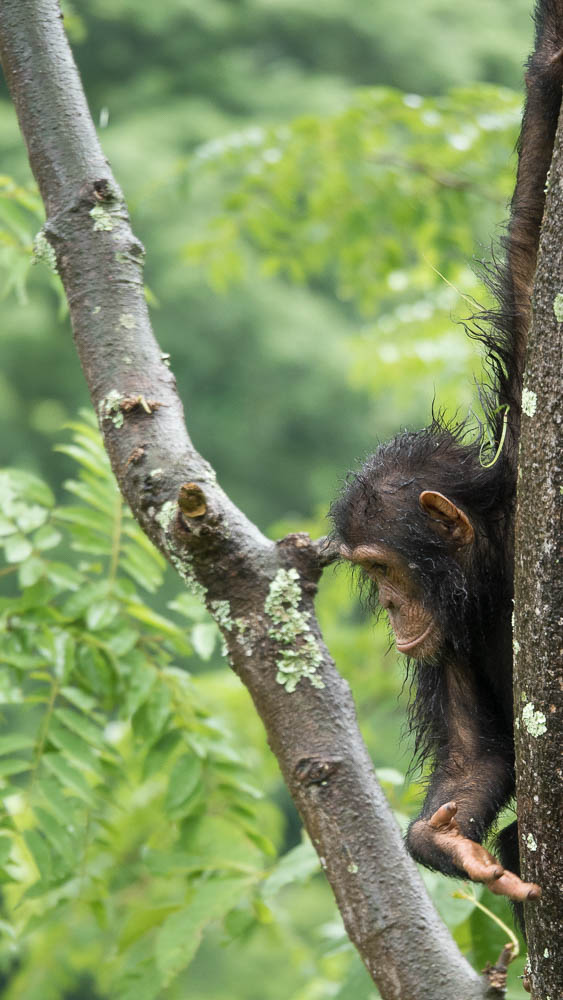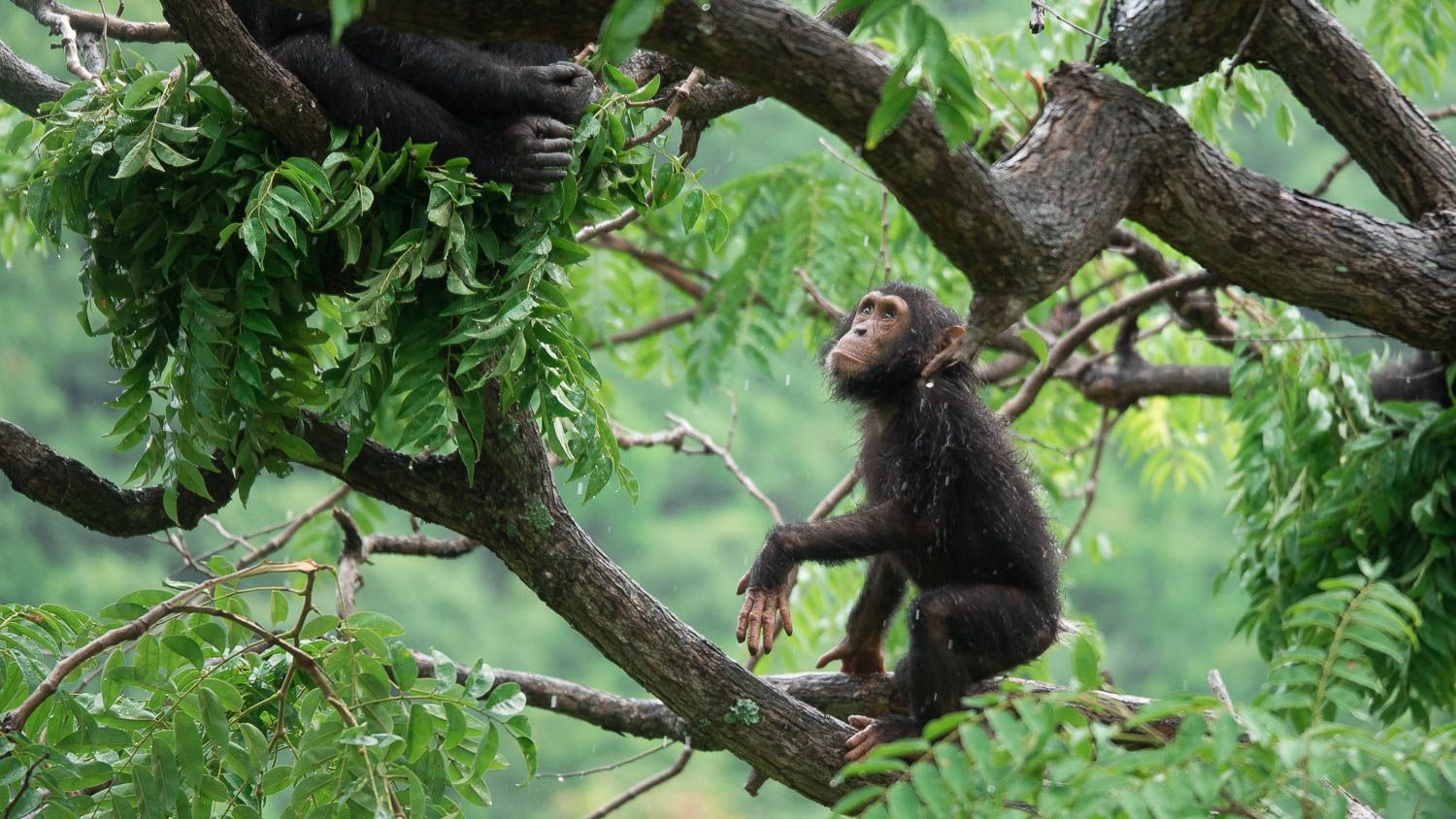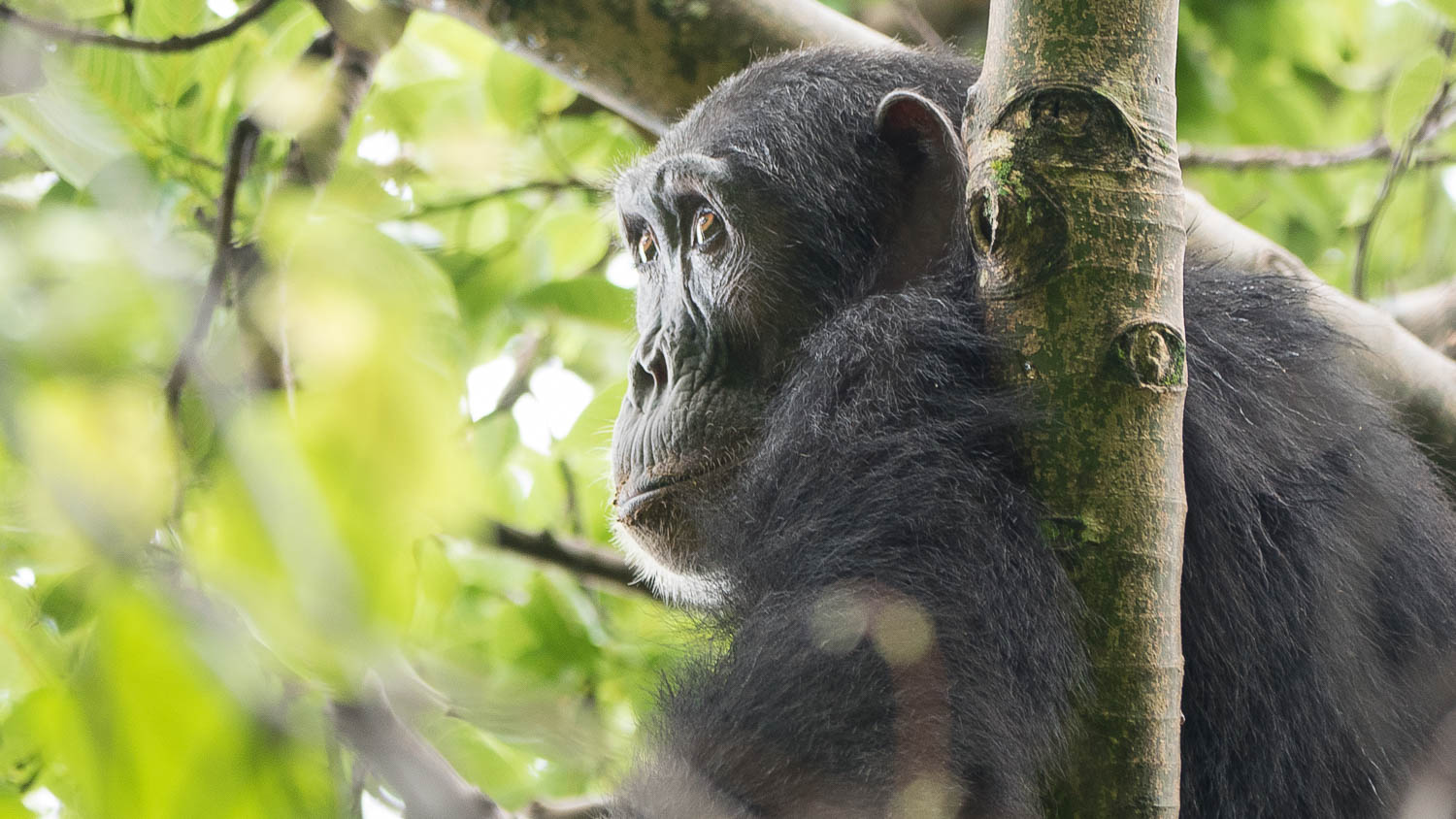Annemarie:
As I jumped out of the car and strode across the thorny scrub by the roadside I could see the bent figure of an old woman coming round the curve in the road. I was intent on getting up close to an unusual flowering bush I had spotted so hadn't paid much attention to her but the next moment she was only yards away and hailing me. OK, best go over to her and find out what she wants… fatal! Soon I am surrounded by a crowd of people who appear as if from nowhere. The old lady is busy miming something, which entails her squatting down and then sleeping and pointing over the hill. Her family live over there and she would like to take me to see them?
A tall chap with a smart jacket is now interpreting, oh, she wants some salt, I got that wrong. Now she wants to stroke my hair, which seems to really please her so I go along with the moment.
A crowd of three adolescent boys/nearly men, bearing long thin switches arrive; they are strutting and oozing attitude as only their age group can, but crack up laughing at each other like children when I take some pics and show them to them.
Oh then two older ladies wearing plaid cloaks and a lot of beads peer curiously at the goings on. They are very animated, but pose alarmingly well when I turn the camera towards them; they chuckle delightedly at the result.
Finally there are the cool dudes in hats who push to the front. One is wearing a baseball hat and clutching an odd looking stool, the other has a strange looking ‘tophat’ kind of affair, with a feather. Oh and last but not least a very old gentlemen with a knitted yellow Arsenal hat and a red M&S style raincoat that I could have sworn my mother used to own. He coughs and nurses what he says is a bad wrist and asks for some medicine. We break out the disgusting travel sweets and offer him several, which he accepts with a sage nod.
By now Martin is opening the passenger door and indicating I should be getting in and quickly. We are going to end up driving in the dark again this evening if we’re not swiftly on the road again so I bid goodbye to my new-found friends and climb back in. I wave, they raise their hands, hats and sticks and off we go again down a rutted dusty red track towards Mount Elgon on the eastern-most fringes of Uganda.
The people I met are Karamojong. Their current attire of plaid cloaks, hats with feathers and the wooden stools are an adaptation of their original traditional dress – or rather undress. During Idi Amin’s reign they were ‘obliged’ (by armed soldiers) to adapt their normal near-naked existence. So, their hats with feathers now replace the traditional feather headdress. The plaid cloaks and skirts though are close to a Scottish look. I didn’t capture a picture but many of the women are wearing gathered plaid skirts that swing dramatically as they walk, looking so like kilts it’s uncanny. Last King of Scotland takes on a new meaning.
